
MAT Treatment at Foundations
At Foundations Wellness Center, we use every tool at our disposal to help our clients build a firm foundation in recovery. One of those tools is medication assisted treatment (MAT). MAT is the gold standard for treating opioid and alcohol addictions. Despite being a powerful weapon against addiction, MAT can be frequently misunderstood. Following are answers to the most frequently asked questions that clients and families have about our MAT program.
MAT Treatment
Recovering from drug addiction and alcoholism, in the most comfortable way possible.
Medication Assisted Treatment allows clients to relax as much as possible during the detox process. It is helpful in both the acute and post-acute stage of withdrawal, helping ease cravings and increase focus on the task at hand – recovery.
Helps stop cravings
Eases withdrawal symptoms
Reduces likelihood of relapse
Normalizes brain activity
Improves focus for counseling sessions
Increases likelihood of successfully completing treatment
What is Medication Assisted Treatment?

What is Medication Assisted Treatment?
Medication-Assisted Treatment (MAT) is a “whole patient” approach to treating addiction. Medications are used alongside behavioral therapy and counseling to increase the likelihood of achieving sustained recovery.
The Food & Drug Administration (FDA) has approved the medications used in MAT. These medications can:
- Stop cravings
- Normalize brain chemistry and bodily functions
- Block the euphoric feelings associated with opioid and alcohol use
The indications and usage for these medications state that they should be used as part of a complete treatment plan that includes counseling and psychosocial support. MAT programs include evidence-based approaches such as individual and group therapy, as well as help developing a solid network of support to stay clean.
Because no two people experience addiction and recovery in the same way, our comprehensive treatment plans are tailored to the individual.

Why Use Medication Assisted Treatment?
When people stop using certain substances, there is a possibility of experiencing uncomfortable physical withdrawal symptoms their bodies go through a painful withdrawal period. This is one of the main reasons why the chance of relapse is high, particularly in the early stages of recovery. The prospect of withdrawal or feeling physically sick whenever they stop using keeps the addicted in the vicious cycle of addiction.
This first stage of withdrawal is called the acute stage. When someone stops using substances abruptly, they may experiencing the following physical symptoms:
- High resting pulse rate
- Sweating
- Restlessness
- Pupil size
- Bone or joint aches
- Runny nose or tearing of the eyes
- GI upset (stomach cramps, nausea, vomiting, diarrhoea)
- Tremors
- Yawning
- Anxiety or irritability
- Gooseflesh
Clients typically do not begin counseling or any other type of treatment at this stage. Instead, the focus is on getting through the most intense part of the withdrawal process while under continuous medical monitoring and care.
MAT treatment can lessen the severity of these symptoms, allowing clients to more comfortably pass through the acute withdrawal phase.
Only when cleared by a qualified physician do clients move on to the next phase of treatment, or partial hospitalization. During this phase, clients can still experience mental and physical symptoms of withdrawal, called the post-acute withdrawal stage (PAWS). Symptoms include:
- Aggression, hostility, irritability
- A sense of uneasiness and/or feeling dissatisfied
- Anxiety, depression, sadness
- Severe mood swings
- Low energy level
- Insomnia/fatigue
- Mental “fog”
- Inability to focus
- Decreased impulse control
- Chronic pain
PAWS symptoms can last much longer than the acute phase of withdrawal – from six months to up to two years in some cases.
The problem is that these later-stage symptoms can get in the way of recovery. Withdrawal symptoms can drive a client to leave treatment against medical advice, diving back into substance abuse as a way to self-medicate. If clients do stick it out, PAWS can prevent them from fully focusing on and participating in their counseling sessions, lessening the program’s effectiveness. Not only that, but the anxiety and depression brought on by entering the post-acute withdrawal stage need to be treated as well, making it even more imperative that clients take advantage of treatment offered. Physical pain – sometimes from a physical condition or injury and sometimes brought on by the withdrawal process – is distracting as well.
Addiction treatment is only as good as the client’s corresponding effort. You truly only get out of it what you put into it.
Is Medication Assisted Treatment Effective?
In a word, yes. Research shows that MAT treatment, combined with behavioral health therapy, is more effective than either of those treatments alone.
Clients in MAT therapy:
- Stay in therapy longer than non-MAT clients
- Are less likely to relapse and use illicit substances
- Experience less cravings
Simply put, MAT saves lives.
MAT therapy also aids in slowing infectious disease transmission such as HIV and hepatitis. MAT is an evidence-based treatment supported by the Surgeon General, the White House Office of National Drug Control Policy, the National Council for Behavioral Health and the American Society of Addiction Medicine.


What is the Goal of Medication Assisted Treatment?
The goal of medication assisted treatment is to make recovery a reality. To do this, a strong foundation must be built and re-entry into the real world must be facilitated. If this does not happen, relapse is much more likely.
Therefore, it is imperative that clients achieve a physical and mental state where they can take full advantage of addiction treatment.
Using MAT in combination with other therapies means that clients have the best chance to get everything they need out of treatment. This includes being equipped with strategies as well as building the support network needed to handle life’s challenges and prevent relapse for years to come.

What Medications Are Used in MAT Treatment?
- Vivitrol® (Naltrexone) – Vivitrol can be used for both opioid and alcohol dependence. Although it attaches to the brain’s opioid receptors, it does not activate them. Vivitrol helps manage cravings for both opioids and alcohol. Vivitrol is a non-addictive medication that is effective in preventing relapse. If taking Vivitrol for alcohol dependence, it can make the person feel sick, acting as a deterrent for continued drinking. It can also significantly help to reduce cravings. If taking Vivitrol for opioid dependence, it acts as a blocker, attaching itself to receptors in the brain. This makes opioids have no euphoric effects on the body. Vivitrol can be administered as an oral medication in the form of Naltrexone, or as a monthly injection.
- Suboxone® (Buprenorphine and Naloxone) – This medication combines an opiate blocker (naloxone) with buprenorphine. As an opioid partial agonist, buprenorphine relieves opiate withdrawal symptoms. Suboxone additionally reduces cravings and is taken as a sublingual medication.
- Zubsolv® (Buprenorphine and Naloxone) – ZUBSOLV is a sublingual medication. Like Suboxone, it contains both naloxone and buprenorphine, blocking the effects of illicit opioids and relieving withdrawal symptoms.
- Sublocade – Sublocade is an extended release injection administered monthly. Sublocade is made up of Buprenorphine which is used to treat opioid dependence. This medication is often taken as an alternative to Suboxone as it is not taken daily.
- Antabuse – Used for alcohol dependence, this medication works by blocking an enzyme which is involved in processing alcohol. Using alcohol while taking this medication can result in negative side effects such as chest pain, nausea, dizziness, increased heart rate, thirst, and flushing. Thus, Antabuse acts as a deterrent for continued drinking.
Benefits Of MAT Treatment
Prevents the spread of diseases such as HIV and hepatitis
Allows the opportunity to build a strong support network in sobriety
Increases likelihood of successfully completing treatment
Decreases likelihood of dying due to opioid overdose
Blocks opioid receptors, preventing relapse by negating opioid’s euphoric effects
Aids in reducing cravings for both opioid and alcohol dependence
Frequently Asked Questions
Entering into the world of drug or alcohol rehab can be overwhelming. Take a deep breath, and welcome many new truths
If you’re considering addiction treatment or know someone who needs help, review our most frequently asked questions to find the answers that inform and provide essential peace of mind.
What is treatment like (what should I expect?)
The first three to five days are the roughest – you are adjusting to life after detox – but soon after, as you settle into the program, you will experience group therapy, individual therapy, and medication management. You are learning how to balance work and life again, so you will have fun as you educate yourself and come to understand yourself better. We incorporate not just traditional methods, but you will also participate in experiential-based activities such as kayaking, biking, hiking, beach trips, snorkeling, and more.
What should I bring (and not bring)?
We want you to be comfortable at Foundations Wellness Center. Our admissions team will orient you to our facility and let you know which items you should bring upon admission.
Is your program accredited?
Yes, we are licensed by the Florida Department of Children and Families and are accredited by and exceed the standards set forth by the Joint Commission Accredited Health Organization (JACHO), which is the gold standard of treatment. We are also associated with the Better Business Bureau as well as Police Community Partners.
What happens after I complete treatment?
We have a transitional step-down process that allows clients to gradually step back into the world. Clients are also supported through integral phases of early recovery milestones, with alumni check-in to support and access to therapists, long after their stay here.
Our Happy Clients

“So instead of my story starting at birth (which is a horrendous story in itself!), I’m going to start where my addiction really started, which was 2006 while I was working as a nurse. I had very recently gotten a divorce and had untreated mental health issues. I began using meth to self-medicate because I felt so down…
Articles
-
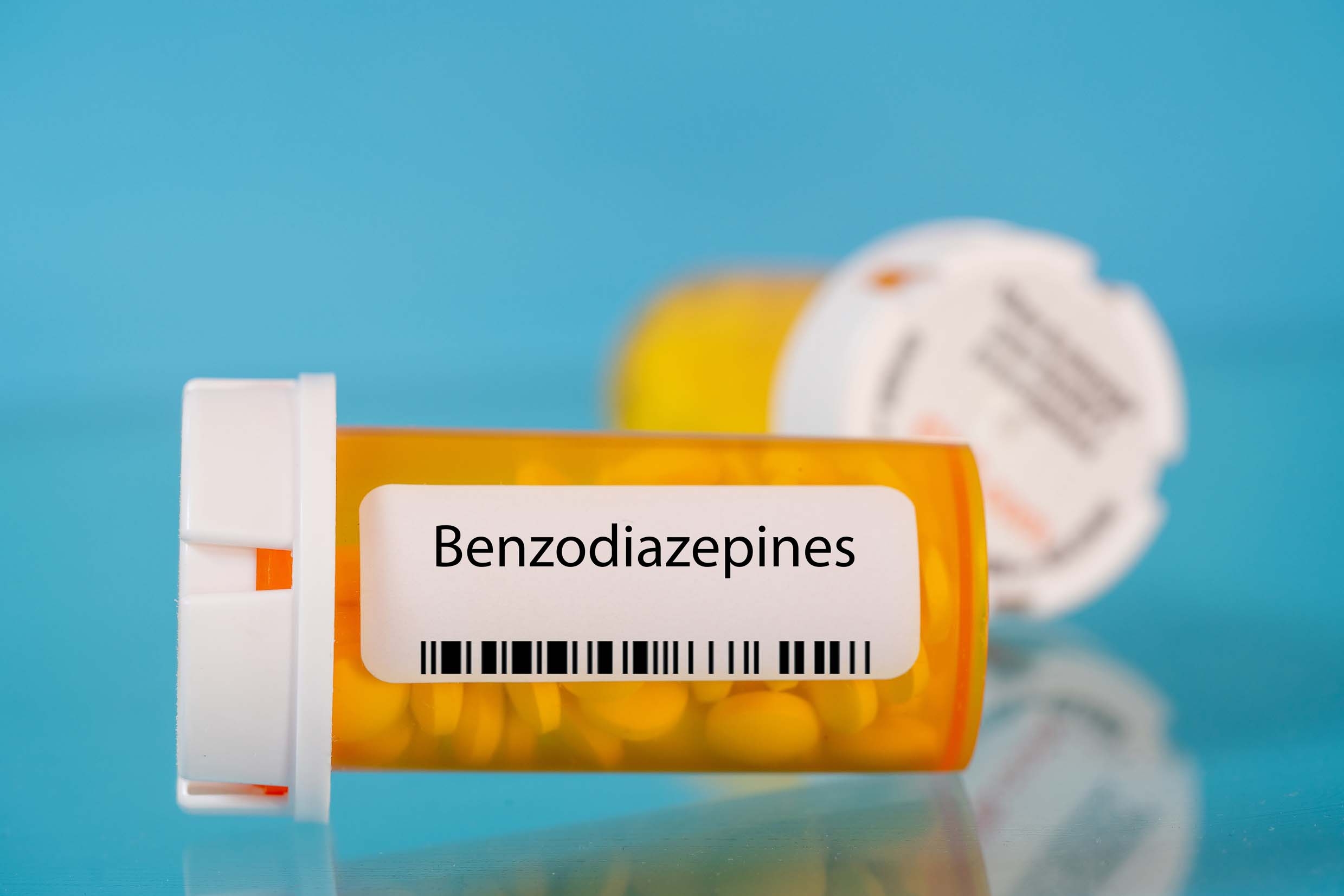
Risks of Benzodiazepine Use: What to Know
Benzodiazepines, sometimes called “benzos,” are prescription medications that depress the..
-

Medication Assisted Treatment
Addiction is a chronic brain disease characterized by an intense..
-

What Are Adult Children of Alcoholics (ACOAs)?
Adult Children of Alcoholics, or ACOAs for short, are people..
Accreditations
& Certifications
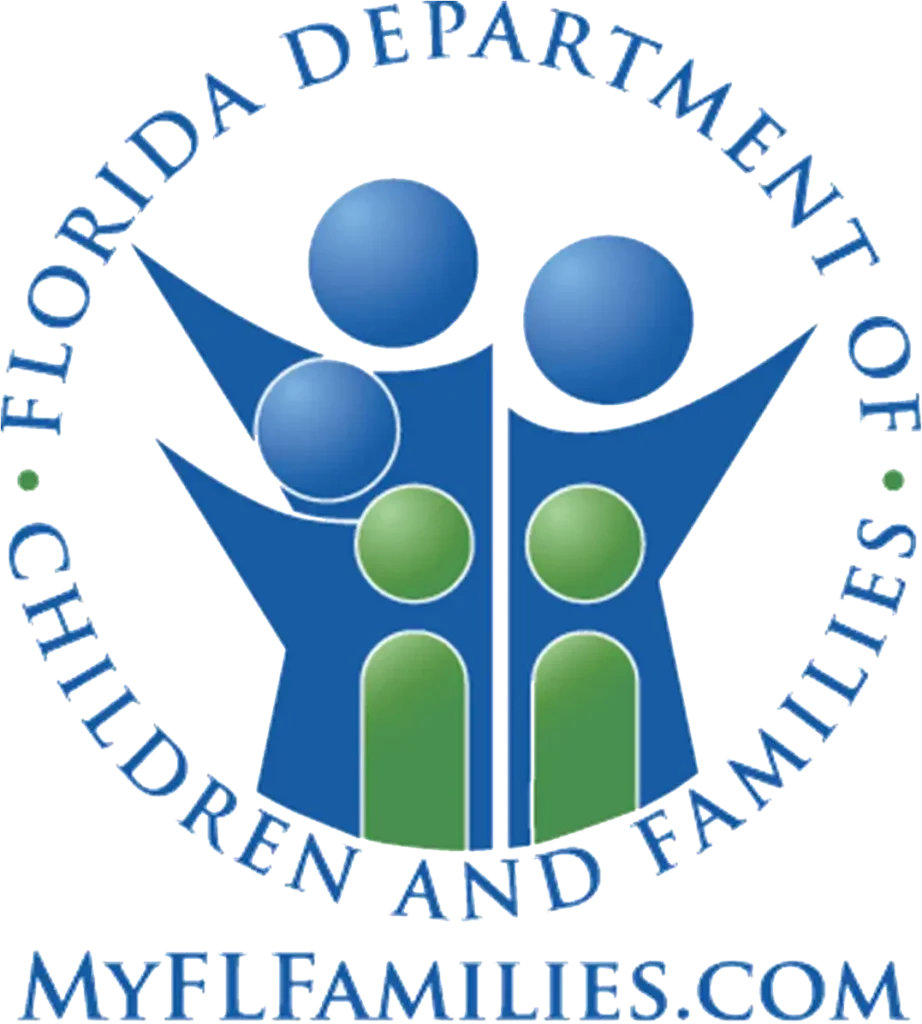
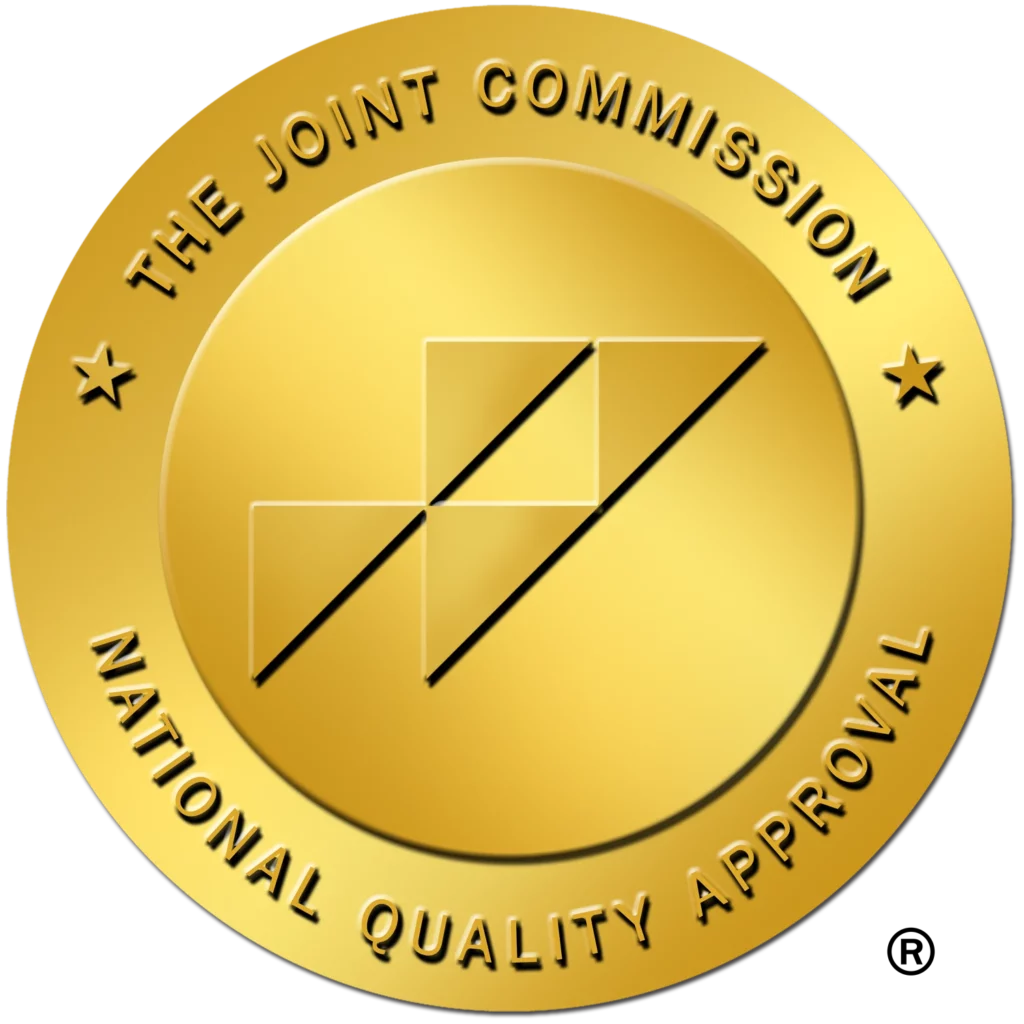
We Accept Most Major Insurances and Private Pay Options are Available.
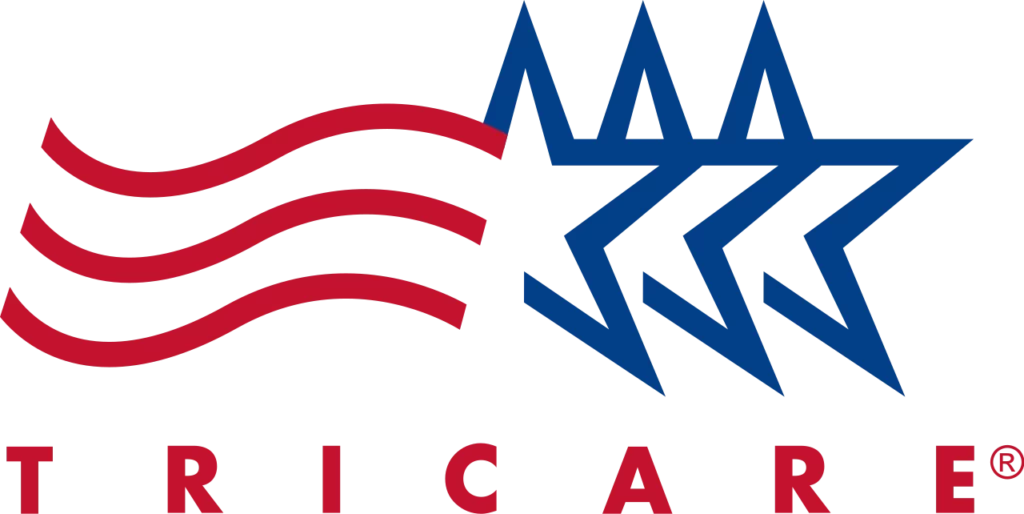
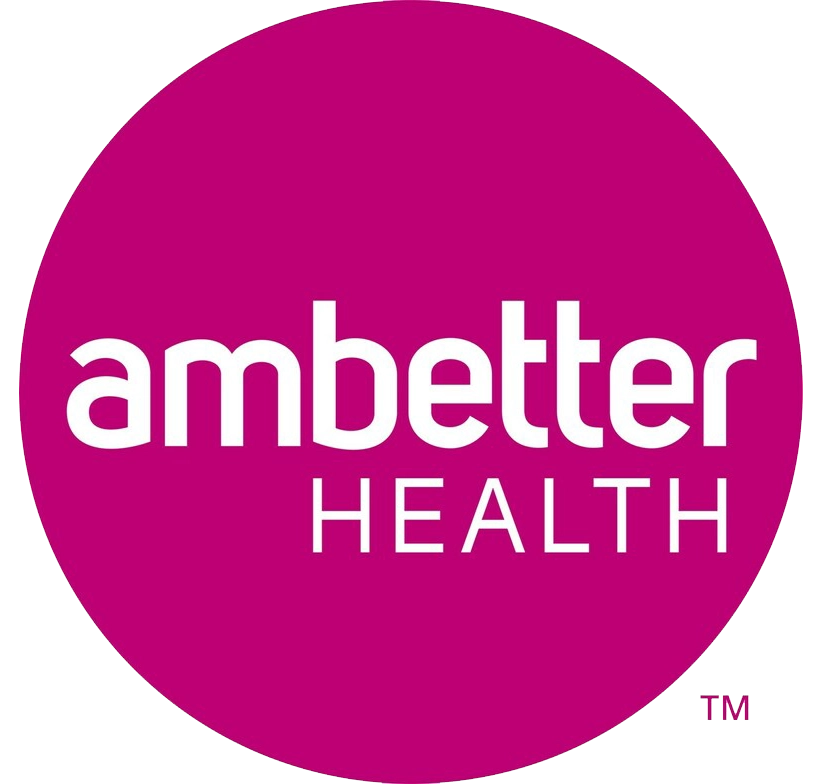

If you do not see your insurance carrier below, please contact us to verify your benefits with an admissions specialist.

